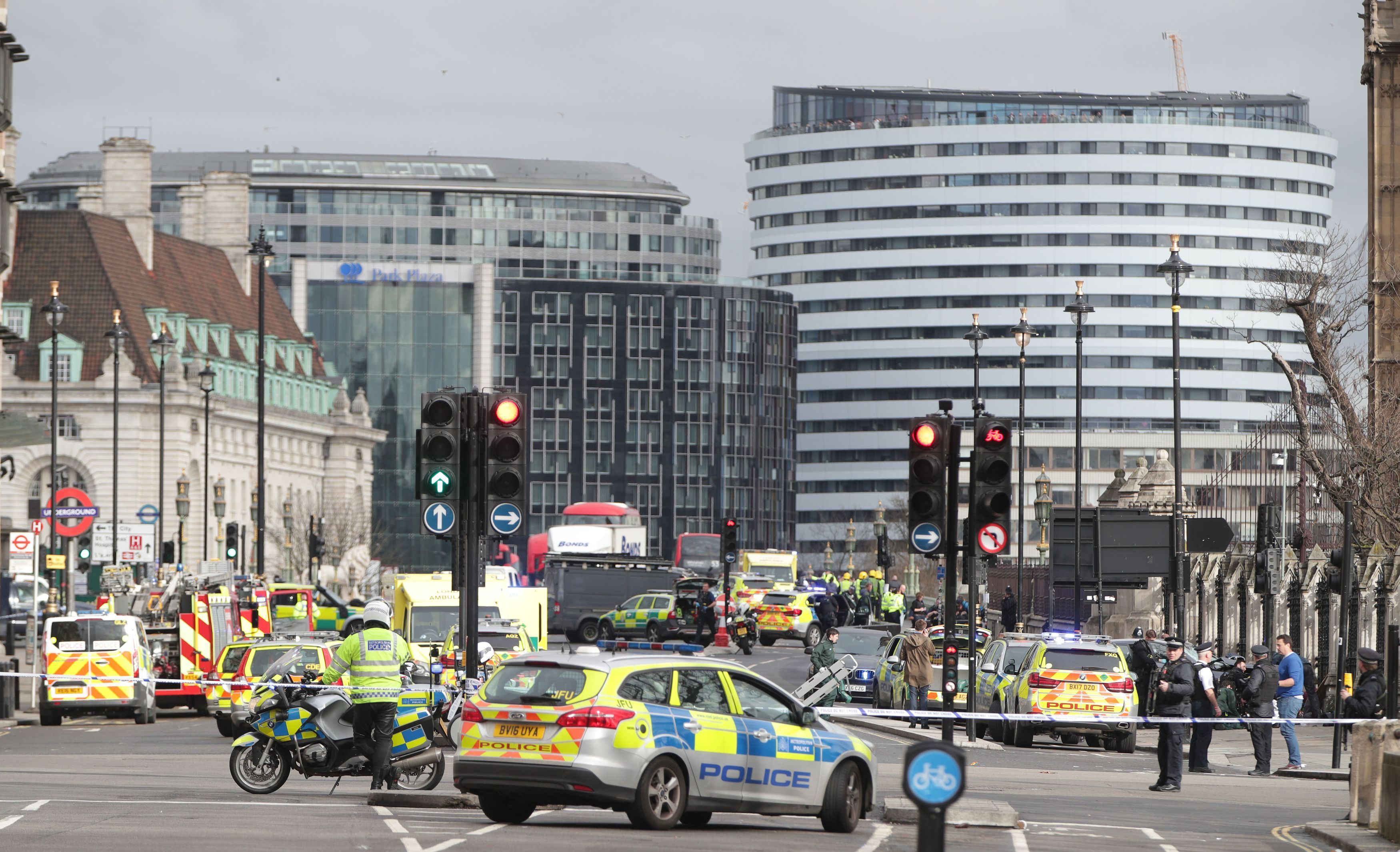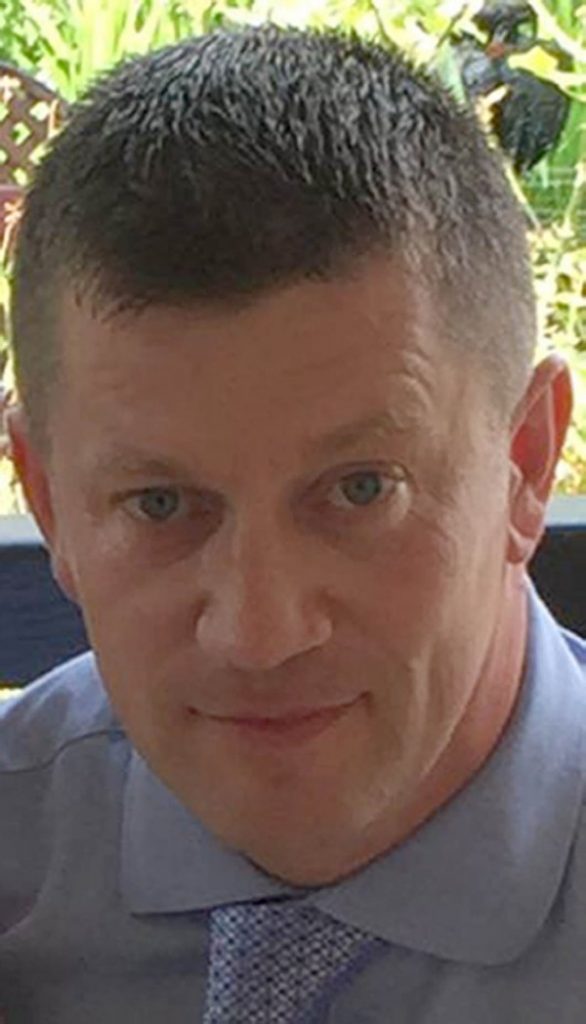
POLICE have been working through the night to identify the roots of the deadly terror plot which brought bloodshed to the streets of London, but what do we know about the attacker so far?
What was the background of the killer?
The identity of the knifeman who injured scores of pedestrians in a car before rampaging into the Palace of Westminster has yet to be made public, but Scotland Yard’s top anti-terror officer Mark Rowley suggested that police think they know who the attacker is and that their assumption is that the attacker is linked to Islamic State.
Armed police launched a late-night raid on a second-floor flat above a row of shops in Birmingham last night. A witness who works nearby said: “The man from London lived here.”
However, West Midlands Police refused to say whether the raid was connected with yesterday’s attack in Westminster.
How many people did he harm?
Rowley confirmed that five people have now died – including the attacker who was shot by police – and about 40 people have been injured.
One of them is the police officer who was stabbed, who has been named as 48-year-old husband and father Keith Palmer. Scotland Yard also clarified that he was not armed.
If he was known to police, why was he not being closely monitored?
Counter-terrorism efforts are shared between the police – spearheaded by the Metropolitan Police – and GCHQ, MI5 and MI6.
Round-the-clock monitoring is only possible on a handful of high-priority terror suspects due to limited resources, potentially meaning the Westminster attacker could have slipped through the surveillance net.
How did the knifeman’s rampage reach the Palace of Westminster?
Despite the Houses of Parliament being among the most closely guarded sites in the country, the attacker managed to burst through the Carriage Gates. It is usually manned by armed police and blocked by metal barricades, with barriers in place to stop vehicles advancing.
Described by MP Mary Creagh in reports as a “weak spot”, the access point is regularly opened to allow cars to pass in and out.
Why the gate was not firmly locked – especially after the car driven by the killer crashed into the nearby railings – is yet to be understood.

Enjoy the convenience of having The Sunday Post delivered as a digital ePaper straight to your smartphone, tablet or computer.
Subscribe for only £5.49 a month and enjoy all the benefits of the printed paper as a digital replica.
Subscribe